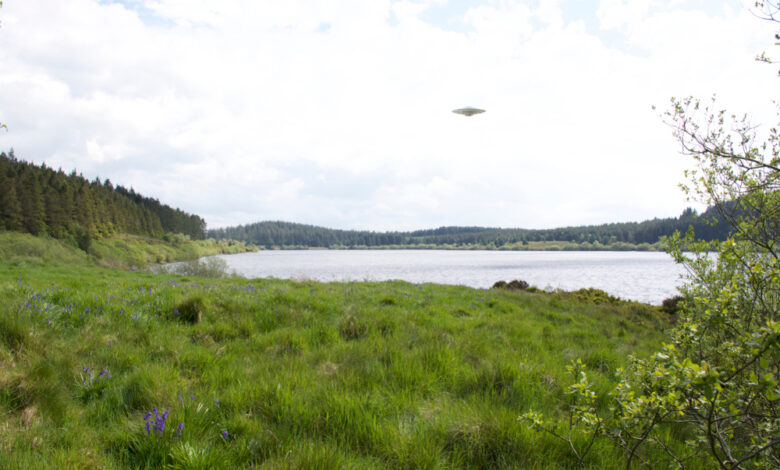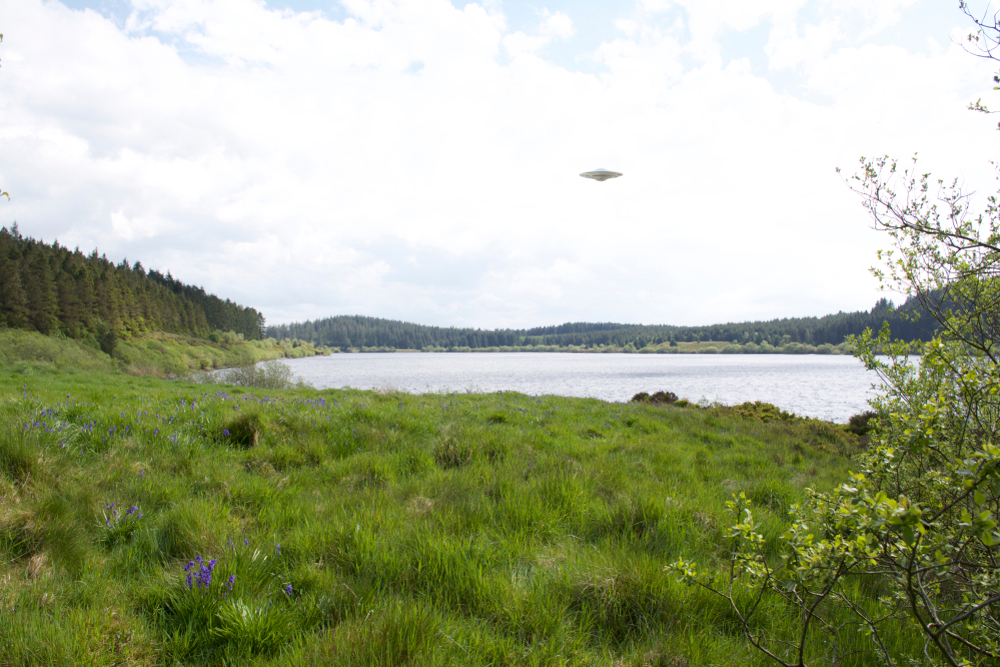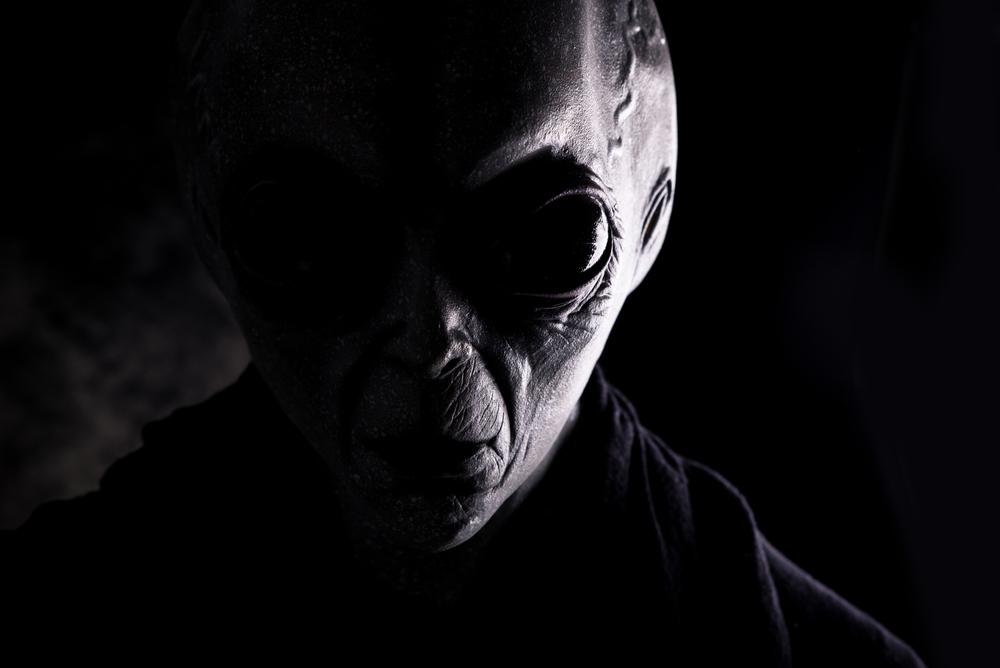The Senate UFO Hearing – Here’s What You Missed and What They Missed

On April 19, 2023, the United States Senate Armed Services Subcommittee on Emerging Threats and Capabilities held an open congressional hearing on Unexplained Anomalous Phenomena (UAP) or what we all used to know as Unidentified Flying Objects (UFO) and listened to testimony from Sean Kirkpatrick, the director of the All-domain Anomaly Resolution Office (AARO), the newly formed Pentagon department for investigating UAP reports, both current and historical, from all branches of the military and presenting them to Congress and the public as long as that would not endanger national security. For those who may not have seen the coverage of this historic event, we’re going to take a look at some of the things you missed, and then look at some of the things the AARO and the subcommittee missed.

“We don’t know where they come from, who made them, or how they operate. We cannot keep turning a blind eye to surveillance data that is critical to detecting and tracking UAP.”
Senator Kirsten Gillibrand opened the hearing with her concerns about both the increasing numbers of UAPs being reported – especially with the recent encounters and shoot-downs of balloons from China and other unidentified sources – and what appear to be the limited resources the Pentagon has given to the AARO. It was hoped when the AARO was established that its mission to protect national security would put it high in the Pentagon’s budgetary plans, but it may still be suffering from the old skepticism over “flying saucers” that has for so long permeated the military and prevented these anomalies from being seriously investigated.
“AARO has accomplished much in the last nine months since it was established. AARO is leading a focused effort to better characterize, understand, and attribute UAP. It would be naïve to believe that the resolution of all UAP can be solely accomplished by the DOD and IC alone.”
Sean Kirkpatrick addressed the concerns over his small department by pointing out that it needs and welcomes help from the scientific community, the business community, academia and non-military government agencies. He then addressed what many already knew – the majority of UAP sightings can be identified and explained.
“I want to underscore today that only a very small percentage of UAP reports display signatures that could reasonably be described as ‘anomalous’. The majority of unidentified objects reported to AARO demonstrate mundane characteristics of balloons, unmanned aerial systems, clutter, natural phenomena, or other readily explainable sources.”
Then he disappointed those waiting for a report on extraterrestrials and alien spaceships from other planets and star systems.
“I should also state clearly for the record that in our research, AARO has found no credible evidence thus far of extraterrestrial activity, off-world technology, or objects that defy the known laws of physics.”
However, Kirkpatrick reminded those listening that AARO obviously does not have data on all of the sightings reported by the public. He encouraged anyone who believes they have evidence of extraterrestrials “to submit your research to credible, peer-reviewed scientific journals. AARO is doing the same. That is how science works, not by blogs and social media.” Kirkpatrick also asked for patience from all parties as he revealed the AARO is currently working on 650 cases which haven’t been identified. He then showed videos and gave a detailed description of the analyses the AARO personnel went through on two new UAP cases.
The first came from an undisclosed location in the Middle East and was said to have been encountered and recorded at a high altitude by an MQ9 ‘Reaper’ drone. The video showed the drone was following what appeared to be a fast-flying metallic orb. Anticipating the excitement and the questions, he followed up with:
“It is going to be virtually impossible to fully identify that just based off of that video. That is an unresolved case we are still studying.”
To contrast the various UAPs the AARO investigates and its success rates, Fitzpatrick showed another video taken by an MQ9 Reaper drone at an undisclosed location in South Asia. That one was eventually identified as another aircraft, but only after a “frame by frame” analysis of the video combined with other data. (Photos and videos here.)
Since Kirkpatrick was freed from dealing with questions about extraterrestrials, Senator Joni Ernst, the second of the three committee members, turned the attention to China, with the recent balloon encounters, and Russia. Kirkpatrick stressed that China is ahead of the U.S. in some weapons and flight capabilities. The reason why is interesting … and disconcerting.
“The adversary is not waiting. They are advancing, and they are advancing quickly. (They) are less risk-averse at technical advancement than we are. They are just willing to try things and see if it works.”
Even more disconcerting were comments Kirkpatrick made about the ongoing needs of AARO in the areas of collecting data and counterintelligence which he does not have the authority to get. He must continually submit requests for budgeting in the annual National Defense Authorization Act – a time-consuming task in a field that needs rapid responses. Kirkpatrick also pointed out that AARO did not help in the recent balloon encounters because it was not invited to.
If you think Kirkpatrick and the AARO were preparing for growth and more UFO sightings, you would be wrong. Instead, he said he’s trying to work himself out of a job.
“At some point in the future, you should not need an AARO. If I’m successful in what I’m doing, we should be able to normalize everything that we’re doing into existing processes, functions, agencies, and organizations and make that part of their mission and their role.”
That doesn’t make much sense. One big reason the AARO was established was to eliminate many departments each having their own UAP data collection and analysis functions. Putting all of them under one umbrella was supposed to bring efficiency and clarity to the process. If the past is any indication, little gets done when there are too many government agencies involved.
There was also some concern that only three members of the U.S. Senate were present at the AARO hearing, especially since the focus is so heavily on national security and the hubris that surrounded the balloon shoot-downs earlier this year. Fortunately, Senator Gillibrand brought the discussion back to another concern of both the non-military UFO investigation community and the military and commercial pilots who still fear reporting encounters. While she herself supports reducing stigma while still protecting national security, it appeared no one on the Pentagon side would directly address it.
Finally, Kirkpatrick brought the discussion back to the issue that has divided the military and space agencies from the public UFO investigation community – using scientific means to analyze unidentified aerial phenomena.
“Extraordinary claims require not only extraordinary evidence but extraordinary science. And so how do you do that? You do that with the scientific method. And so, as AARO is developing and implementing its science plan, it has to do so grounded in a solid foundation of scientific theory across the entire range of hypotheses that have been presented for what UAP are. That range spans adversary breakthrough technology on one hand, known objects and phenomena in the middle, all the way to the extreme theories of extraterrestrials. All of that has physics-based signatures associated with it.”

It is understandable that military pilots in UAP encounters don’t have time for scientific methods, but the follow-up investigations should. The “it’s aliens” groups must be willing to accept this, especially now that the head of AARO showed a metallic orb UAP which he admitted the scientific method could not identify. Is there a scientific method which can prove from a video that an object is extraterrestrial? Probably not. Is anyone working on it? That remains to be seen.
All in all, the AARO hearing this week was interesting and disappointing. The Senate Armed Services Subcommittee on Emerging Threats and Capabilities committee should demand more. Unfortunately, we should be prepared to accept more of the same, at least for a while.




